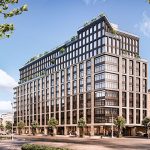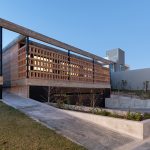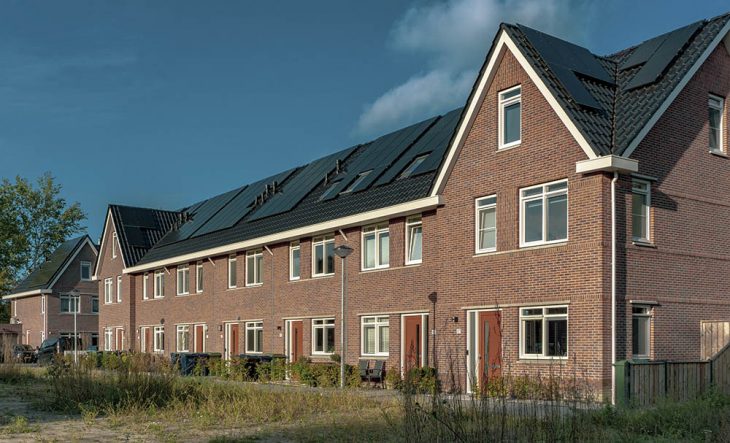
Residential and commercial buildings accounted for 20% of energy consumption worldwide. The US Energy Information Administration (EIA) also estimates that global energy consumption will increase by 1.3% in the period 2018-2050. High energy consumption is bad news because of the enormous carbon emissions that lead to global warming and serious environmental concerns. In addition, it also costs money. The good news is creating an effective building envelope is a possibility to increase energy efficiency and lower the demand for electricity and power.
Protecting Indoors from the External Environment
It is in the interest of homes and buildings to save energy because of increasing power costs. In addition, burning fossil fuels contributes to the high levels of greenhouse gas emissions and destruction of the ozone layer. Existing structures can follow best practices to save energy such as adjusting thermostats, updating appliances, switching to LED lighting, and upgrading heating and cooling systems. However, if you are renovating an existing building or erecting a new construction, it is vital to pay attention to designing a good building envelope to improve the power consumption efficiency of a house or office. The envelope is the membrane of the building that protects the internal parts from the harsh effects of the outdoors and extreme weather. In creating the envelope, a building’s temperature is regulated reducing the use of heating, ventilation, and air-conditioning (HVAC) systems to keep a structure warm or cool.
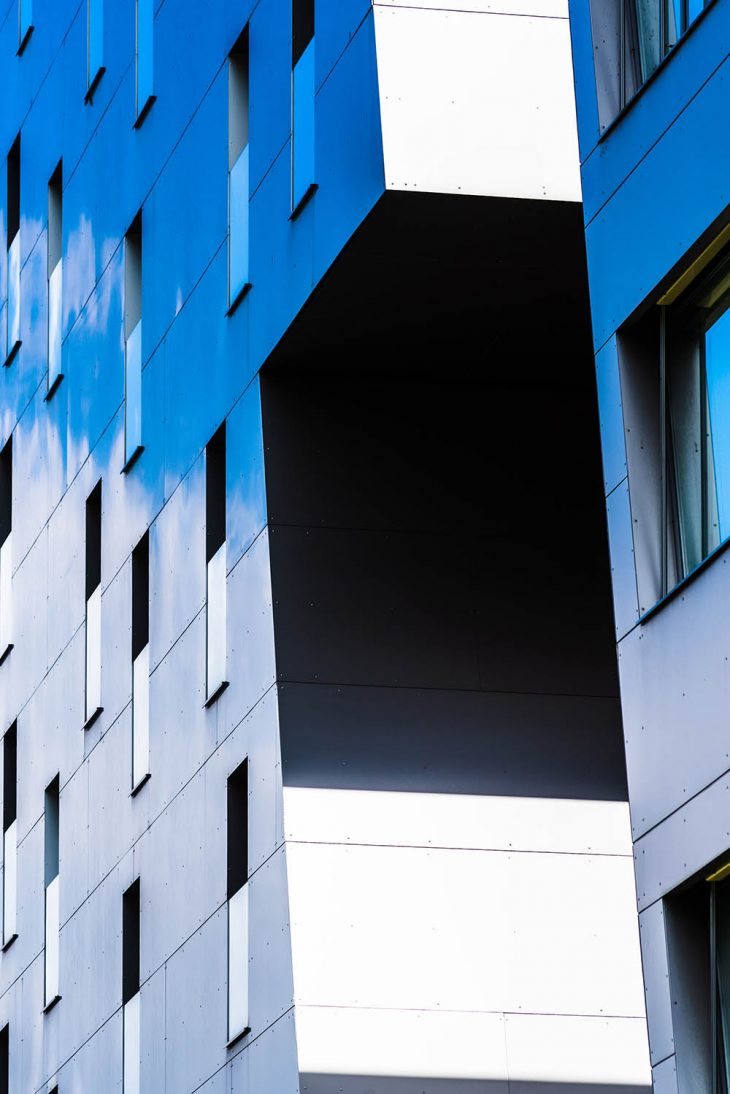
Design and Technology
The parts of a building that are concerned include the roof, windows, floors, doors, and roof lights. For example, roofs that reduce the need for cooling can be designed to reflect solar heat instead of absorbing it. Photovoltaics (PVs) also make use of solar power providing renewable and clean energy to a home or building. In addition to roofs, walls play a major role in the building envelope. Serving as a barrier between the interior and exterior, their design should serve to reduce energy losses and at the same time offer durability. Some examples of technologies for walls and facades include insulated sheathing, fiber cement panels, and metal panels. Windows, on the other hand, can be designed taking into account recent technologies that reduce conduction losses and maximize solar gains for energy savings.
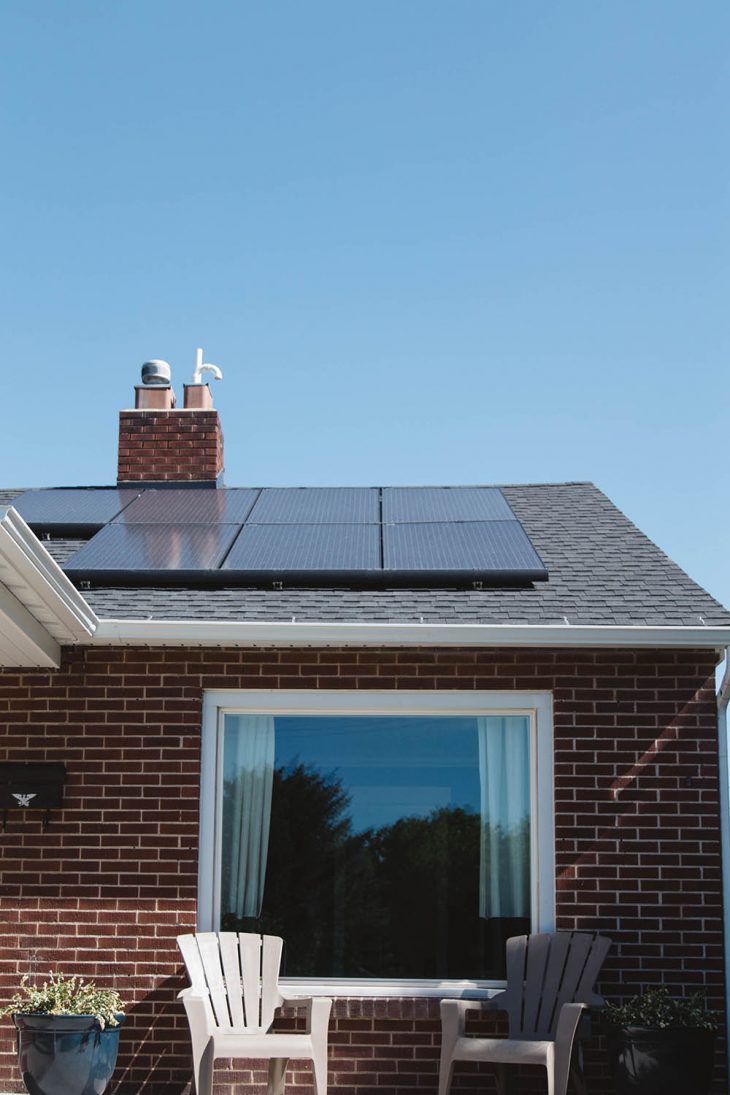
Holistic Approach in Designing the Building Envelope
Insulation is not the only thing to consider when designing an effective building envelope. Consider all the points where air can leak that will compromise the energy efficiency of a structure. From windows and doors to attics and basements, air barrier solutions must also be adopted to address air that gets into the building. Sealants, spray foams, and membranes are important air barrier solutions that enhance the design of a house or edifice.
It is also critical to verify how all components will work together to achieve an effective building scheme. This means linking insulation, structural, and energy efficiency systems to ensure that a building’s temperature is controlled, air leakages are minimized, and ventilation is regulated to reduce power consumption and create a pleasant living environment.
Developing a building envelope that addresses insulation, air barrier solutions, and structural harmony can reduce costly consumption and lead to an energy-efficient structure. A building or home that features protective and regulatory functions is comfortable and sustainable because it reduces energy consumption and helps achieve financial gains.


